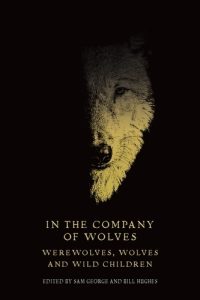The IGA conference 2018 gets underway in Manchester, UK, in just 3 days time. It’s a really important and exciting date in the goth calendar. The conference runs from July 31st to 3rd August. You can view the full programme here. OGOM are delighted to be presenting a research panel detailed below. This panel convenes on Friday August 3rd (Session 7: 09:00-10:30 a.m). We’re really looking forward to being in the gothic north and to catching up with everyone (especially our gothtastic colleagues at Sheffield, MMU and Lancaster). This year’s gothic hybridity theme is going to be a classic! If you’ve been involved in OGOM projects over the years do come and say hello. If you haven’t met us yet but are interested in finding out more about the project, its events and its research, we’d be genuinely interested to meet you. It’s beyond exciting…….
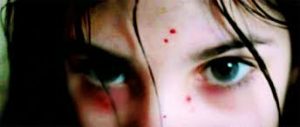
OGOM Gothic Hybridity Panel: Ambiguous Creatures and Ambivalent Morals
Dr Sam George. ‘Darkness visible: the emergence of the vampire/angel in contemporary gothic fiction – illumination, salvation, and damnation’.
Vampires have long been associated with darkness and shade; angels are spirits of light. Lacking a reflection, the nineteenth-century vampire is a satanic demon, but in the twentieth century a new hybrid creature steps out of the darkness into the light. This vampire/angel is wonderfully ambiguous; damned by its very nature, it shimmers like a glorious angel, though its heart is of darkness.
In Anne Rice’s Interview with the Vampire, Lestat appears ‘starkly white’; at night he is ‘almost luminous’. Louis perceives him with a halo. This new vampire is self-aware and appears to have a conscience but the radiance we see is ‘not light but rather darkness visible’. In Meyer’s Twilight, Edward not only sparkles, he literally exudes light. No longer the predator, the vampire is cast in the role of protector. In this he resembles a guardian or avenging angel. When Eli in Lindquist’s Let The Right One In attacks the bullies, s/he appears as a speck of light visible in the dark window. In the confusion that follows, ‘one word had turned up frequently: angel’. Oskar had previously seen Eli as ‘a boy angel flying down from heaven, spreading his wings’. But Eli is not sweetness and light, s/he is a violent killer.
This paper will interrogate the moral ambiguity of the vampire/angel in contemporary fiction. In Twilight, it promotes chastity and suggests marriage beyond the grave. In Rice and Lindquist, it is almost existentialist: in a secular world, ‘once you believe that life has no purpose you can pretty much believe anything’.
Dr Kaja Franck. ‘The Cuckoo in the Nest: Changelings, Hybridity and the Impact of YA Gothic Literature’
The figure of the changeling is an unsettling and Gothic element of folklore. An imposter hidden in the heart of the family, it is accepted at first before its true nature is revealed, through its monstrous appetite, violent behaviour or its disintegration. Desperate parents must trick the changeling, often through abuse, into revealing its true nature in the hope of their human child being returned. The changeling is liminal, an uncanny presence, remaining for only a short time.
However, in recent YA literature the role of the changeling has shifted. The Gothic has combined with YA forms creating the hybrid genre, YA Gothic. Building on the sympathetic vampire, exemplified in the work of Anne Rice, YA Gothic transports the monstrous ‘Other’ from a liminal space into the role of protagonist, celebrating the hybridity of the monster.
Concentrating on Frances Hardinge’s Cuckoo Song (2014), Brenna Yovanoff’s The Replacement (2010), and Holly Black’s Modern Faerie Tales series, this paper will consider how the hybrid YA genre centralises the changeling. In YA texts, the changeling has come to symbolise the changing role of the Gothic ‘Other’ and the genre itself. A growing alienation and sudden awareness of the fairy world forces this fey protagonist to decide who they are and where they belong. Rather than depicting the changeling’s expulsion from the human world, these novels celebrate hybridity over liminality, as the protagonist navigates the difficulties and pleasures in existing in two worlds.
Daisy Butcher. ‘The Hybrid Female Mummy and the Poisonous Feminine in Louisa May Alcott’s Lost in A Pyramid (1869) and Charlotte Bryson Taylor’s In the Dwellings of the Wilderness (1904)’
In this paper I will interrogate the representation of the female mummy as a hybrid spider/snake/flower monster, a manifestation of Egytomania, at the turn of the twentieth century. Alcott’s tale revolves around a desecrated sorceress’s body as it is burned for warmth and her treasure box is stolen. Inside the box are seeds to one of the most poisonous plants ever discovered which exact her revenge. Once bloomed they are described as ‘shaped like the head of a hooded snake, with scarlet stamens like forked tongues, and on the petals flittered spots like dew.’
It is important to discuss the cultural significance of the snake-woman and ancient Egypt with the prominence of the snake in Egyptian mythology and also the infamous suicide of Cleopatra. Moreover, Taylor and Alcott’s mummies exact killing techniques which desiccate their enemies, like that of a spider sucking the life and juices of her prey to revitalise herself. The female mummy in Taylor’s story in particular plays the role of a black widow, as she seduces her victims to their doom, tempting them before wrestling/strangling them. Just as the vampire has its bite, the mummy has asphyxiation as its trademark killing technique which can evoke the same sadomasochistic fears. She is the python that binds man, not only suffocating him but restricting him also, which makes her the perfect inversion of the safe, passive maternal figure and therefore the stuff of Victorian and Edwardian archaeologist’s nightmares.
Dr Bill Hughes. ‘‘Two kinds of romance’: generic hybridity and mongrel monsters from Gothic novel to Paranormal Romance’
The genealogy of the demonic lover has roots in the monstrous couplings from ancient myth, old ballads, Milton’s Satan, Richardson’s Lovelace, and ‘Beauty and the Beast’. It is familiar now in the recently emerged genre of Paranormal Romance, where themes from Gothic horror are modulated by romantic fiction, and vampires, werewolves, and others become humanised as love objects. Thus a hybrid genre features creatures whose monstrous nature is compromised and made mongrel by traces of humanity.
This genre has emerged as a new avatar of Horace Walpole’s attempt to fuse ‘two kinds of romance’—the mythic strain of Romance proper, with its ‘imagination, visions and passions’, and what becomes the novel, committed to formal realism and subjectivity. To this may be added a third kind of romance, the everyday sense of ‘romantic fiction’.
The archetype of the demon lover persists through the Brontës’ novels and their descendents in the Gothic Romance of Daphne du Maurier, Mary Stewart, and others, culminating in Paranormal Romance. There, the uneasy mating of horror and romance humanises horror in quite special ways, focusing on agency (which the inexorable doom of horror often denies) and on the human intersubjectivity found in the realist novel. At the same time, it desentimentalises romantic fiction, revealing the darker aspects of eroticism or even human existence itself.
Genres are closely bound up with ways of knowing or questioning; I trace those hybrid encounters at key moments and I show how the coupling of romance and novel, and of monster and human, dramatises discordant perspectives, reflecting the clash of values in our contradictory modern world.
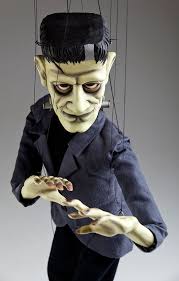
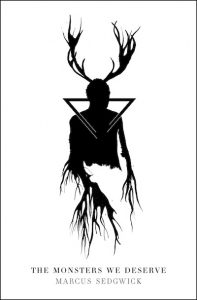


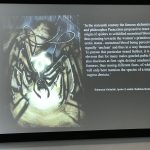

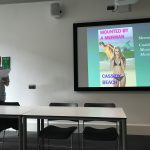
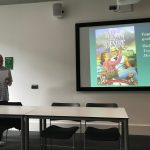

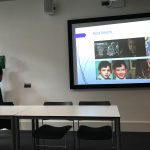
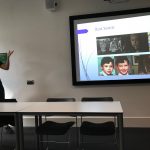
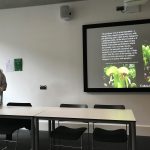
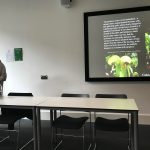
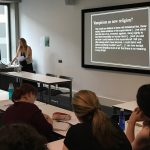
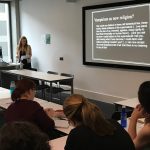
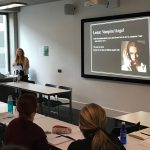


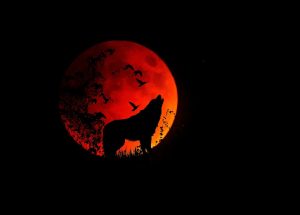
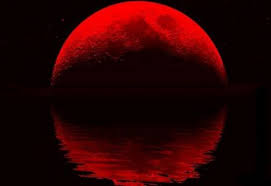
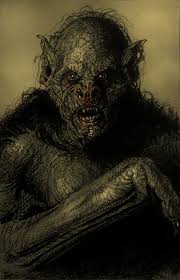
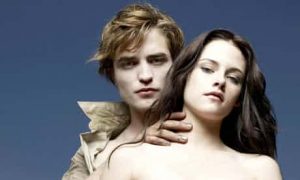
 Mermaids and related creatures such as sirens and selkies have a perennial appeal; we at OGOM love them and they have featured in quite a few posts here. There may be deep Freudian reasons for our fascination but we’re certainly not alone.
Mermaids and related creatures such as sirens and selkies have a perennial appeal; we at OGOM love them and they have featured in quite a few posts here. There may be deep Freudian reasons for our fascination but we’re certainly not alone.
